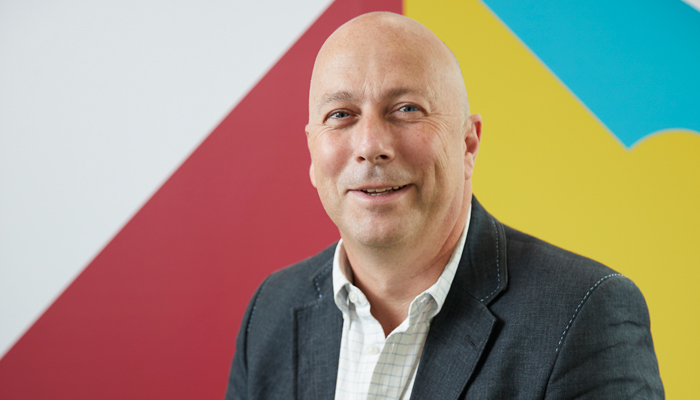Steve Butler, CEO at Punter Southall Aspire speaks out about age unconscious bias in new documentary

The major challenge for organisations in overcoming age unconscious bias in the workplace is they exist in an ageist society which it is difficult to escape warns Steve Butler, CEO at Punter Aspire. Butler shares his perspective on unconscious bias around age in a new documentary from the Chartered Management Institute entitled, ‘Workplace in Review: Age’.
He says, “Unconscious bias is everywhere – in our language, TV images, the way we treat older people in society. Unfortunately, this makes it hard for firms to overcome and most are just ignoring age discrimination.
“Unconscious bias plays out in the workplace through stereotypes. It’s easy to stereotype an older worker as being no good with technology, not wanting to be involved in training or not being ambitious. These assumptions are rife in the workplace and can impact the individuals and shape their behaviour.
“By failing to recognise this, firms will lose older workers. They want to save money so choose to make older, senior people redundant. This is not great for the individual as they want to end their career on a high, but equally it’s no good for the organisation as they lose experienced talent. At a time when UK firms are struggling to recruit holding on to older workers has never been more vital.”
Analysis last month by over-50s digital community, Rest Less highlighted that more than 700,000 Britons over the age of 50 have left the workforce since the pandemic hit[i]. But a recent Office for National Statistics survey with people aged 50 to 65 who are not working found that two fifths would consider returning to the workforce[ii].
Butler points to changing demographics which are also compounding the issue. By 2025, there will be one million more people 50 and over and 300,000 fewer people 30 and under in the workplace[iii]. Today, 19% of the population is aged 65 and over. In ten years’ this will have increased to 22%[iv].
Butler says, “Demographics are shifting, and people are leaving the workplace early. This is resulting in a real talent squeeze with fewer people joining the workforce from a smaller demographic at the younger end. Firms need to wake up and tackle age unconscious bias otherwise their future business could be impacted.
“The solution to age unconscious bias is about calling it out and talking about it. It’s about normalising the conversation around age. As with all other areas of diversity and inclusion we must put ourselves in the shoes of those individuals and understand what it’s like to be them and see how we can best work with them. It’s about getting the best out of people no matter what stage they are in their career.
“The first step in dealing with this is to add age to the diversity and inclusion processes and always look through an age lens. For instance, ensure recruitment adverts don’t discriminate and appeal just to younger workers. It’s also about opening channels of communication between the different age groups in the business otherwise conflict will arise.
“All research suggests multi-generational workforces are more innovative and productive. My older workers have more experience in managing client relationships, handling difficult conversations and delivering services to clients. Younger colleagues have the ability to challenge the way we do the work, they come with new ideas about the way that we should work and the way that we deliver work to clients.
“By getting the two groups to work together we can offer a much better service to our clients. Organisations have the chance to turn the changing demographics into something positive for their business and to embrace the different skills, experiences and attitudes of each generation. Addressing age unconscious bias is key.”
To watch the documentary click here. https://www.youtube.com/watch?v=0rOYziVDE50
Butler has published four books, including Manage the Gap: Achieving success with intergenerational teams, which looks at the impact of an ageing population on the workforce, and why companies need to focus on employees at every stage of their career, but especially older workers, who can often be overlooked.
He also co-authored a book called the Midlife Review: A guide to work, wealth and wellbeing with writer Tony Watts OBE, offering business leaders, managers and employees guidance to help them understand and support ‘midlife’ workers.
Add your comment



